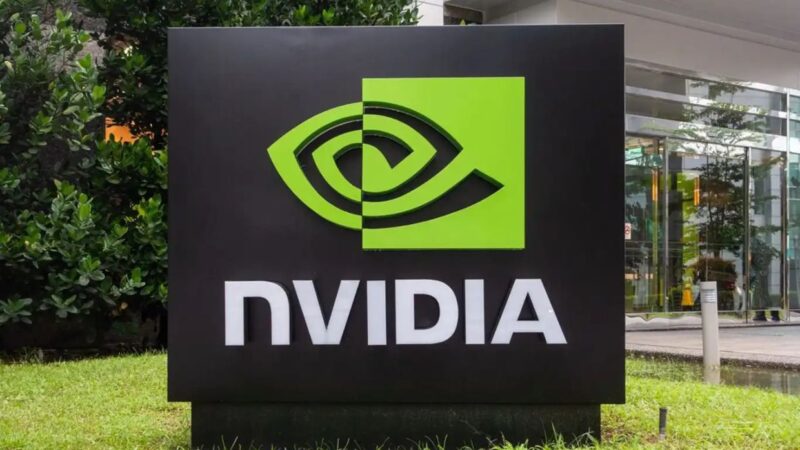AI Models Transform the Fashion Industry: Opportunities and Concerns

London-based model Alexsandrah has entered uncharted territory in the fashion world: her digital twin, generated by artificial intelligence (AI), now shares the spotlight. This virtual counterpart, produced by AI technology, has seamlessly stepped in for Alexsandrah in various photo shoots, earning her credit and compensation akin to human models.
Alexsandrah’s digital doppelganger mirrors her appearance down to the minute details, showcasing the remarkable capabilities of AI in the creative realm. Yet, this innovation is not without controversy, as it marks a pivotal moment in how AI is reshaping the fashion industry and raising questions about fair compensation and job security for human models.
Advocates argue that AI modelling promotes inclusivity by representing diverse body types and demographics, empowering consumers to make informed purchasing decisions while curbing fashion waste from product returns. Additionally, digital models offer cost-saving benefits for companies and open new avenues for individuals interested in AI technology.
However, sceptics voice concerns over potential job displacement for human models, makeup artists, and photographers as AI models gain traction. There’s also apprehension about unwitting consumers mistaking AI models for real individuals and companies exploiting AI as a shortcut to fulfil diversity commitments without genuinely hiring diverse talent.
Former fashion model and Model Alliance founder Sara Ziff highlights the disparity in opportunities for people of color in the fashion industry, expressing concerns that AI could further marginalize models from underrepresented backgrounds. Women of colour, who have historically faced barriers in modelling, are particularly vulnerable to the impact of AI technology.
For Alexsandrah, her collaboration with The Diigitals, a digital modelling agency, has been a source of pride and distinction in the industry. However, models like Yve Edmond raise valid concerns about consent and compensation, urging for regulatory safeguards to protect fashion workers in the age of AI.
As the fashion industry grapples with the implications of AI modelling, there’s a pressing need for clear regulations and ethical standards to safeguard the rights and interests of all stakeholders. With proper oversight and responsible use, AI has the potential to revolutionize inclusivity in fashion while ensuring fair treatment for human models like Alexsandrah and Yve Edmond alike.






